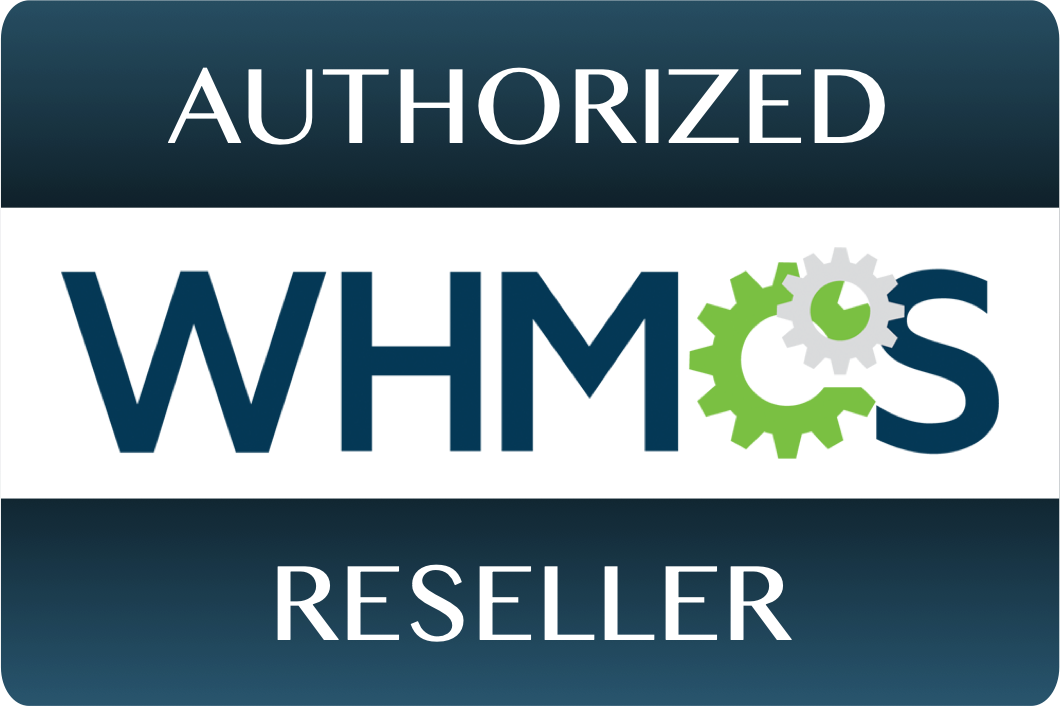Mashable just dropped a post about the Chrome Web Store and how Google’s just release a developer preview video of what people can expect they’ll have access to and what the purpose of the Web Store is supposed to represent.
For those of you who don’t know, the short story behind the whole movement is to take traditional desktop software and make it available through the browser, hosted online and eventually accessible anywhere.
These days, someone says ‘Apps’ and immediately ideas surrounding mobile apps crops up. The reality about mobile apps, they just provide easier access and simplified approaches to tasks you would normally do through a website or desktop software – naturally with the advantage of being with you at all times.
Think of the apps you use on a daily basis. Right now, for example, I’ve got Photoshop, Dreamweaver, an Instant Messaging client, spreadsheet software, a game, and a browser (with WordPress and YouTube rockin’). Of these pieces of software, only one is through a browser, everything else is dependent on a desktop. Granted the IM Client, Dreamweaver and maybe even my game could all be accessing the internet, but they are all software I’ve installed locally to access their features. The core drive behind the Chrome Web Store is to make this traditional desktop software available through a browser. When you open a new tab, you can click screenshots of your bookmarks (to go to those websites) or icons for applications such as photoshop (and access your files either stored remotely or locally).
If you saw the Mashable post on Facebook you may also notice that within a few minutes of the article posting, there were some 50 people commenting ‘No, I will not use or pay for apps through my browser’ – but not in so many words. The general public – and I’d like to think that Mashable’s audience is more tech savvy than the general public – has a hard time accepting certain change. Apps on mobile devices (that aren’t games) are simplified ways of accomplishing tasks you’d do on a desktop or through a website. Now we’re talking about doing the same approach but doing it independent of any mobile device and dependent on a browser.
How many of you host or support websites that are Software as a Service (SaaS)? Would you consider putting your application into the Chrome Web Store? You know if you dig down deep into documentation, there’s a lot of detail on using OpenID and OAuth to interact with Google’s Licensing services – licensing paired with Google Checkout?
Ok let’s back way up and give you some food for thought, look at all Google’s apps have to offer and integrate with: Open Social, OpenID/OAuth/Google Accounts, Google Checkout, Google Maps, Google Places, Google Base, YouTube, and there are so many more that you’ve probably never seen or thought about. Now think about what your SaaS does, or what your desktop-software does: do you think you have enough tools to let people, let your users, actually use your software through a browser? Use and license your material through an online resource that’s separate from your website?








